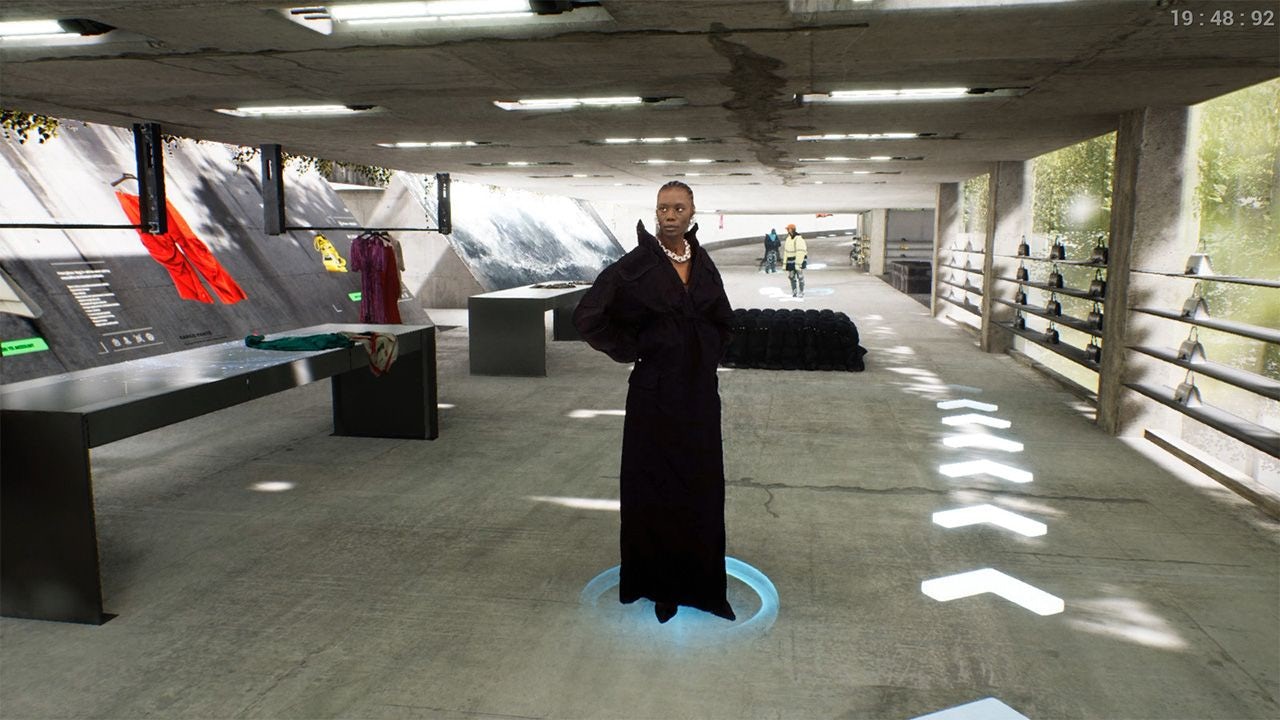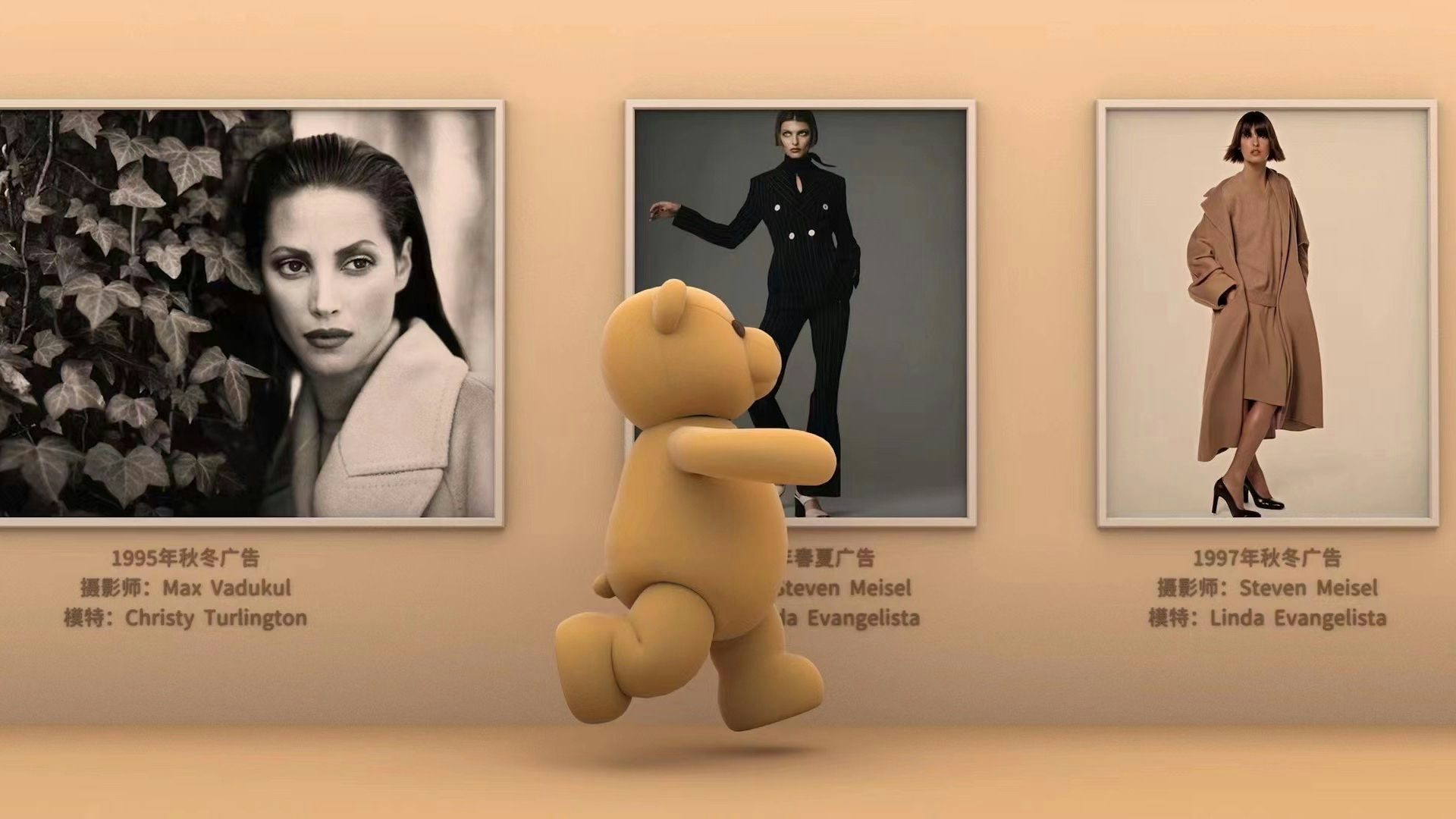When discussing the luxury metaverse, I am a big advocate of separating the essence from the noise. While much of its hype stems from an interest in the opportunities it might offer and a fascination with the mystery surrounding it, there are already clear implications for companies, brands, and managers in this realm. The metaverse should be seen as the non-linear acceleration of an already-progressed digital transformation: deeper immersion, more emotional connection, and a shift from two to three-dimensional space. In short, the internet will move from a phone, tablet, or computer screen space to a more realistic, enthralling, and emotional place.
If history has taught me anything, it is that the universal adoption of a certain technology happens exponentially faster when it becomes more immersive and entertaining. Think about the speed of growth from Facebook to Instagram and TikTok. In each instance, the platform with more immersive content, whether photos in the case of Instagram or video in the case of TikTok, dramatically accelerated acceptance, use, and platform growth. Similarly, the metaverse allows brands to connect with customers more closely — and that will dramatically alter the way we engage with brands.
While no one understands now how the metaverse will look and feel when it fully evolves, we can anticipate one thing: The metaverse will become a crucial new access point for brand experiences. Eventually, it will affect everything from virtual stores and virtual events to virtual demonstrations and product collaborations. While many luxury brands have started experimenting with NFTs and crypto, those are not the true potential of the metaverse. Immersive brand interactions, accessible from any place worldwide, will significantly alter luxury. Instead of building flagship boutiques on Rue Royale in Paris or Fifth Avenue in New York City, new flagships will be in the metaverse — and they will offer personalized experiences that go far beyond what is possible today.
And this means that luxury brands will need to reinvent themselves. With the quick evolution of the metaverse that I expect, brands cannot adapt slowly to the digital transformation era. The new game requires a new mindset, more decisive leadership, and a profound cultural transformation. Building metaverse departments is not enough because that will only lead to silos that create structural disadvantages. Instead, the entire organization must figure out how to connect digital, virtual, and physical experiences into one holistic, cross-platform brand experience.
While no one understands how the metaverse will look and feel when it fully evolves, we can anticipate one thing: It will become a crucial new access point for brand experiences.
Luxury can be defined as the perception of extreme value through brand products and services. Therefore, to receive a real luxury experience, a customer must feel something exceptional. That is why the best brands in the world offer extremely personalized services to their best clients in special sections of their stores, the privacy of their homes, and at curated events — far away from regular customers.
As importantly, they give those customers the utmost personalization in all aspects of the luxury experience. In other words, true luxury is never transactional and needs a high degree of personalization and sophistication. Implementing this philosophy in a cross-platform world is the next big challenge. Today, most luxury brands don’t offer the same personalized services across their digital shopping experiences as they do with their top-level human-to-human experiences. Instead, nearly all e-commerce approaches today are merely transactional — not individualized experiences on a digital platform. That is a huge mistake, and the metaverse will be much more unforgiving.
That leads me to the three rules that will lead this change:
First, brands need total clarity on who they are. In a recent luxury brand audit, I identified at least 20 different brand stories within the company's top leadership team. In other words, every board member defined the brand differently. The implications of these findings are massive: Zero coherence across the organization equals hundreds if not thousands of different brand stories perceived by the clients. But that is the norm rather than the exception for brands today. Translating a brand vision into a clear and consistent brand story is the most critical task brands must tackle when preparing for the metaverse. More than 90 percent of audited brands are not ready, from cars and private aviation to luxury services and fashion. Regardless of the segment, we usually find very similar brand stories and little differentiation.
Second, the brand story must lead to a luxury experience based on that narrative. Therefore, the luxury experience must be crafted to express a brand's story, strengthening it with every interaction. Most brands are not delivering here, at least not consistently.
Third, the experience needs to become consistent, no matter the type of customer access point. The brand should be where the customer expects it to be — and occasionally where the customer does not. Since luxury is also about creating memories, moments of surprise and unexpected delight are deeply desirable.
So, when you think about the luxury metaverse, stop worrying about your avatar or the color of your virtual office. Instead, ask yourself: Do I have a differentiated, relevant, and authentic brand story? Is it one that inspires customers and taps into deep insights? Is it a story that evokes a specific emotion and does not simply use buzzwords or empty placeholders like everyone in the category uses? Does your brand story read something like: We sell dreams? If so, it is time for a change. Otherwise, competitors will take your space in the market very soon with better stories, better experiences, and more perceived value. Buckle up.
This is an op-ed article and reflects the views of the author and does not necessarily represent the views of Jing Daily.
Daniel Langer is CEO of the luxury, lifestyle and consumer brand strategy firm Équité, and the executive professor of luxury strategy and extreme value creation at Pepperdine University in Malibu, California. He consults some of the leading luxury brands in the world, is the author of several luxury management books, a global keynote speaker, and holds luxury masterclasses in Europe, the USA, and Asia. Follow @drlanger



